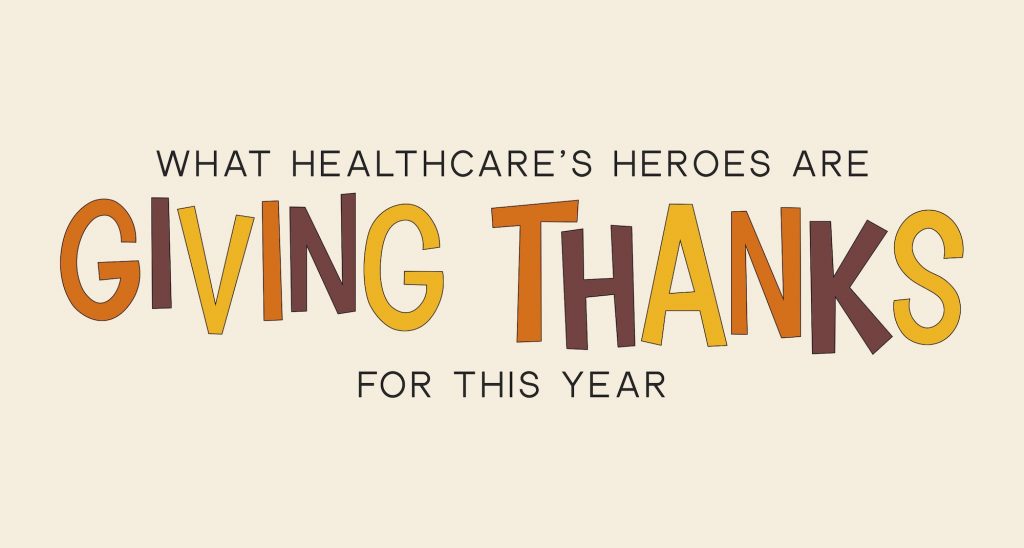healthcare
TagHealthcare’s 5 Most In-Demand Roles, Specialties, & Locations
Unemployment in healthcare is now only 3.1% and the industry has consistently seen notable job gains over the last several months. What healthcare professionals are needed the most, and where?
5 Ways to Prioritize Your Mental Health
Healthcare is rife with people who care for others, but often neglect themselves. Try these five ways to better prioritize your mental health.
4 Ways to Spring Clean for Your Job Search
Spring is, traditionally, one of the best times to make a career move. Here’s how to spring clean for your job search, and get growing elsewhere.
Our Nation’s Healthcare Workers Are Not Okay
According to the results of our recent survey on mental health, simply put, our nation’s healthcare workers are not okay. See the responses here.
Survey: A Year into the Pandemic, How Is Your Mental Health?
One year after being declared a pandemic, COVID-19 is still here. As someone who works in healthcare, how is your mental health now? Tell us here.
Winter Blues? Here Are Healthcare Jobs in Warm Locales.
If this weather has you dreaming of warmer locales, here are the 5 cities with the warmest average temps in February, and their most in-demand healthcare jobs.
These Are the Best Healthcare Jobs in America
Healthcare professionals have received a lot of praise over the last year, often being lauded as heroes. But which healthcare jobs ranked as the best?
How to Get Your Résumé Ready for the New Year
If your New Year’s Resolution includes finding a new job, here are the three most important things you can do to get your résumé ready for your 2021 job search.
What Healthcare’s Heroes Are Giving Thanks for This Year
“What are you thankful for?” we asked, and you answered. Here’s what healthcare professionals are most thankful for in this year like no other.
Healthcare’s Spookiest Jobs
From those who draw blood with the ease of a vampire, to those who stalk the halls of hospitals in the dark of night, healthcare is full of spooky jobs.










